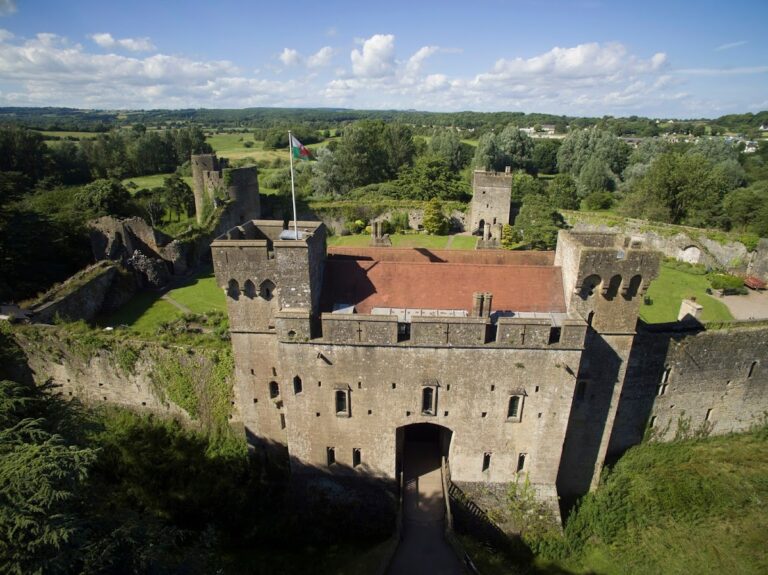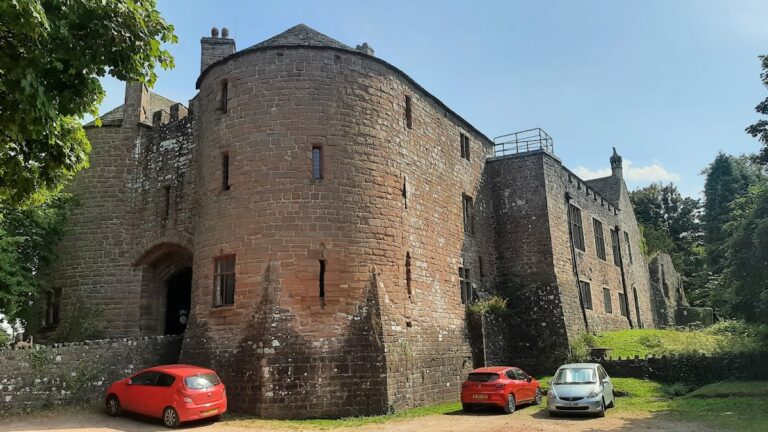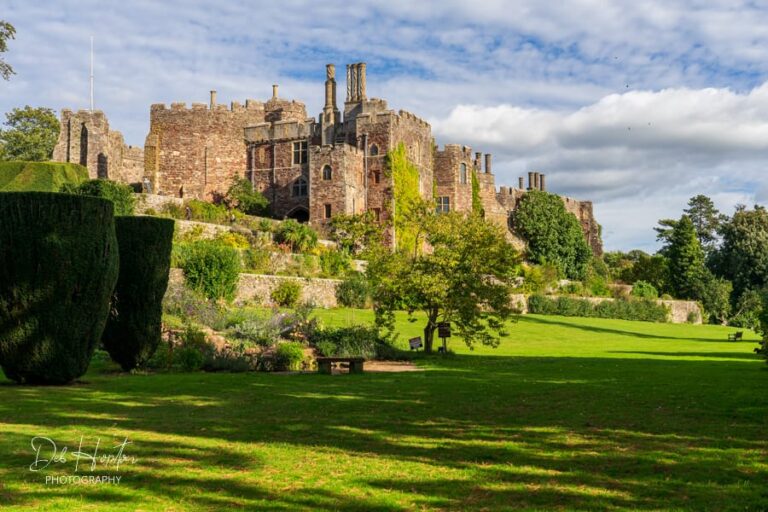Chepstow Castle: A Norman Stronghold in Wales
Visitor Information
Google Rating: 4.6
Popularity: Medium
Google Maps: View on Google Maps
Official Website: cadw.gov.wales
Country: United Kingdom
Civilization: Medieval European
Remains: Military
History
Chepstow Castle, originally called Striguil, stands in Chepstow, Monmouthshire, Wales. It was built by the Normans shortly after their invasion of Wales, with construction starting in 1067 under William FitzOsbern. Its position overlooking the River Wye crossing made it a key military site. The castle’s early role was to secure Norman control over the region and to oversee the important river crossing.
In the 12th century, Chepstow Castle was involved in the Norman conquest of Gwent, the first Welsh kingdom to be subdued. Prominent Anglo-Norman lords such as William Marshal, Earl of Pembroke, took possession and expanded the castle. Marshal and his heirs strengthened the defenses and enlarged the Great Tower until around 1245. Later, Roger Bigod, 5th Earl of Norfolk, added residential buildings and town defenses in the late 13th century, including Marten’s Tower and the town’s Port Wall.
From the 14th century, the castle’s military importance declined, especially after the Anglo-Welsh wars ended in the early 15th century. During Owain Glyndŵr’s rebellion in 1403, the castle was garrisoned but avoided attack due to its size and reduced strategic value. Ownership passed through noble families such as Thomas de Brotherton and William Herbert. In 1508, Sir Charles Somerset acquired the castle and adapted parts for domestic use, reflecting its shift from fortress to residence after the Laws in Wales Acts abolished Marcher lord autonomy.
During the English Civil War, Chepstow Castle was held by Royalists and besieged twice, in 1645 and 1648. It surrendered to Parliamentarian forces in May 1648. After the war, it served as an artillery fort, barracks, and political prison, holding prisoners including Bishop Jeremy Taylor and Henry Marten. By the late 17th century, the castle fell into ruin, with parts dismantled or repurposed for farming and glassmaking. From the late 18th century, it became a site of historical interest, leading to excavations in 1910–11 and conservation efforts after its 1914 purchase by William Royse Lysaght. Since 1984, the Welsh heritage agency Cadw has managed the site.
Remains
Chepstow Castle is built along a narrow limestone ridge between cliffs overlooking the River Wye and a valley called the Dell. Its layout includes four baileys, or enclosed courtyards, added in sequence during four main building phases. The castle does not have a central keep or concentric defenses, which makes its design less uniform than other Norman castles.
The earliest structure, the Great Tower, was likely finished around 1090. It was built entirely of stone from the start, an uncommon practice at the time. Much of the stone was quarried locally, with some blocks reused from nearby Roman ruins at Caerwent. This tower remains a prominent feature of the site.
William Marshal’s late 12th and early 13th-century work included the main gatehouse, which has timber doors dated between 1159 and 1189 through tree-ring analysis. He also strengthened the Middle Bailey with round towers and may have rebuilt defenses in the Upper Bailey. His sons continued enlarging the Great Tower until about 1245.
Roger Bigod’s contributions around 1270 included a new residential range in the Lower Bailey and the construction of Marten’s Tower, which controls the main landward entrance. He also built the town’s defensive Port Wall between 1274 and 1278 and remodeled the Great Tower. Marten’s Tower remains accessible and dominates the approach from land.
Today, many buildings are in ruins, but key elements like the Great Tower, gatehouse, and Marten’s Tower survive. Inside the keep, there is a memorial to Sir Nicholas Kemeys. Over time, the castle’s use as a prison, farm, and glassworks led to partial dismantling and decay. Modern conservation has stabilized the ruins, preserving the castle’s historic fabric.










